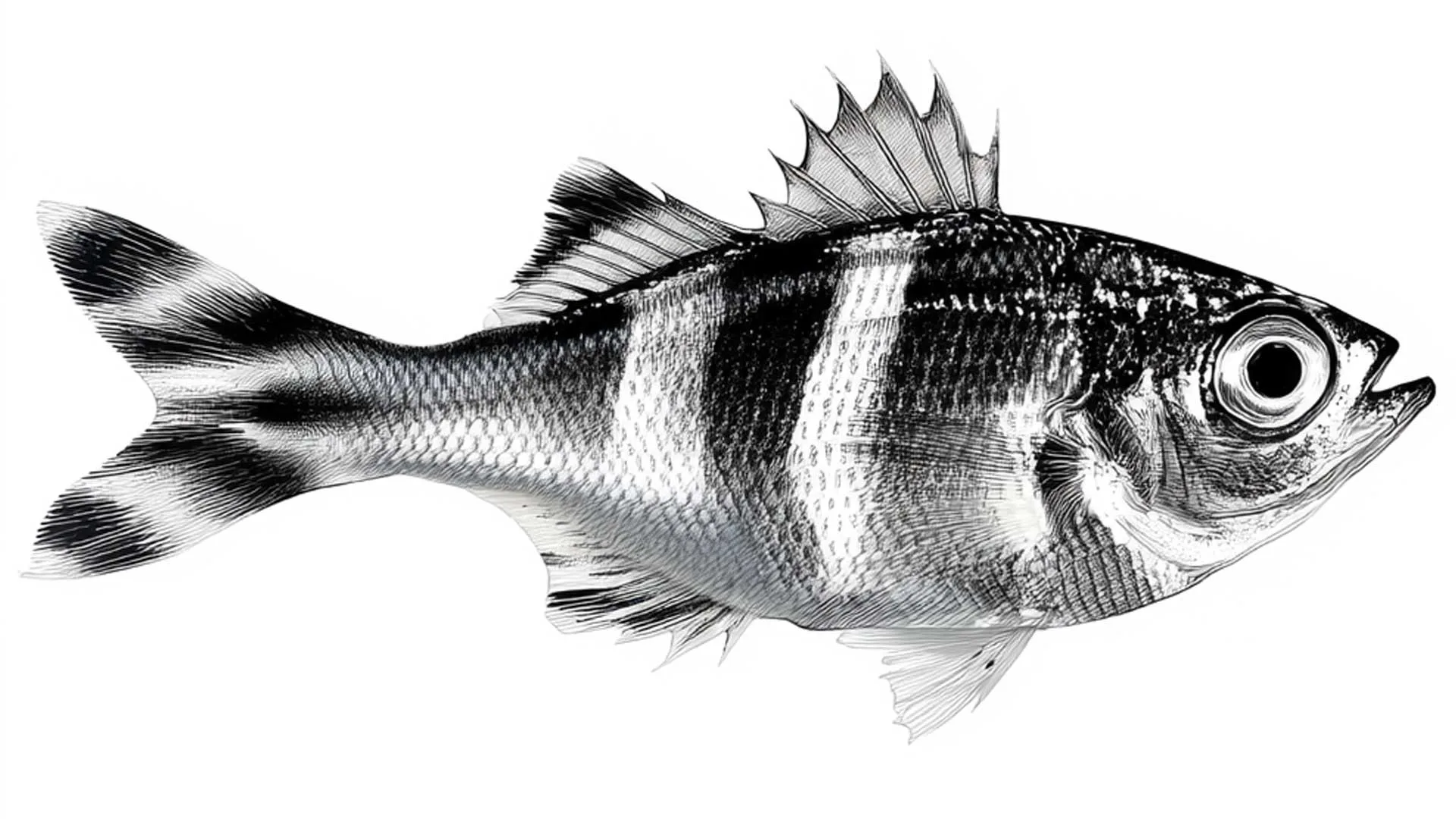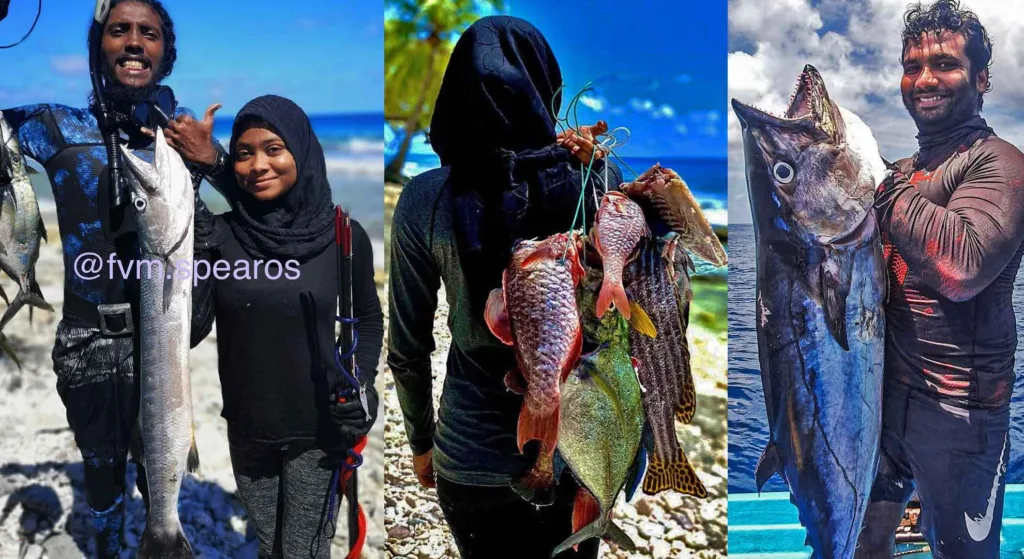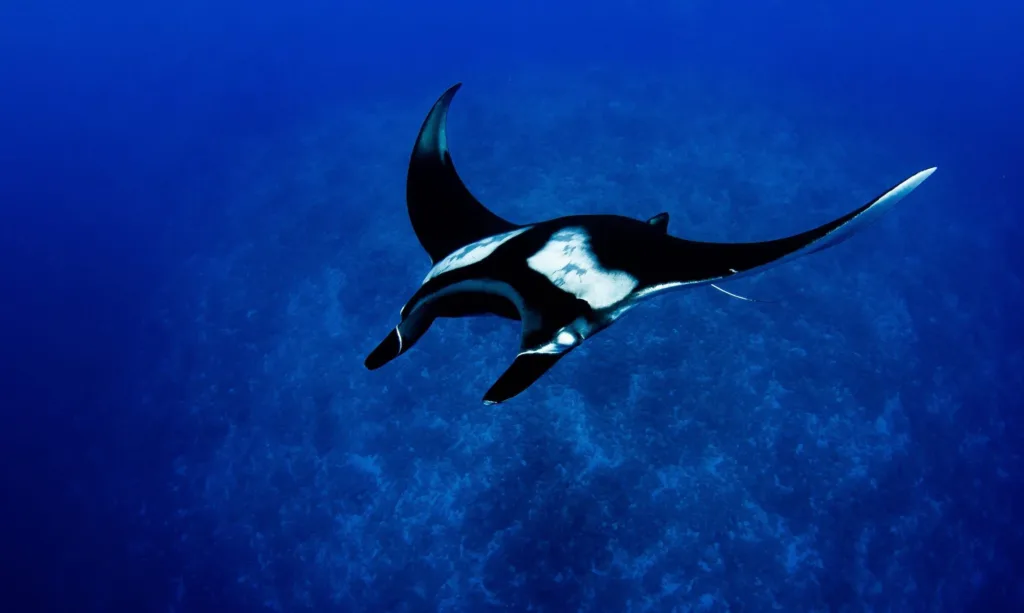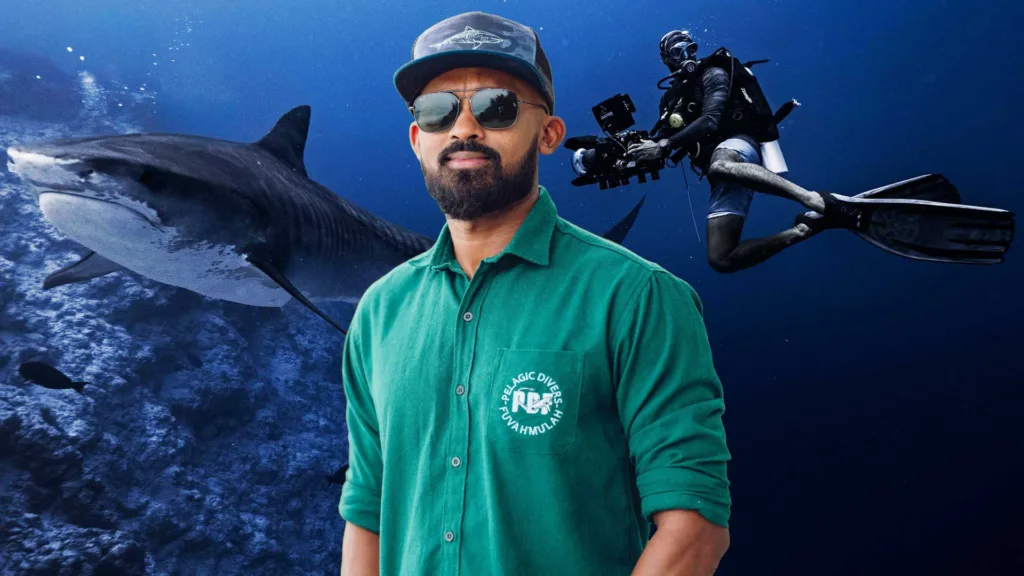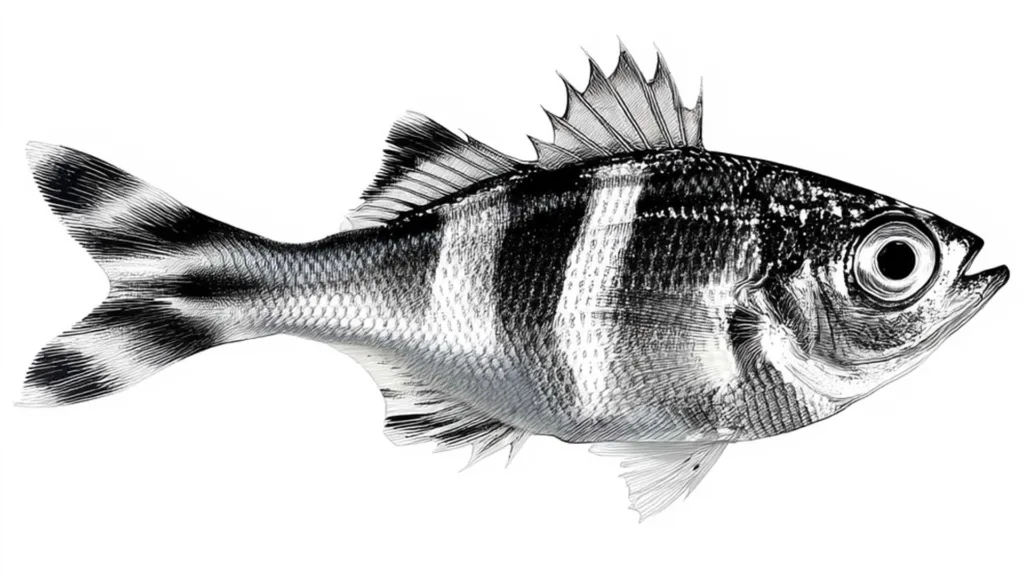
During the mid-80s, we used to go to the beach to catch the barred flagtail (Kuhlia mugil). This fish is locally known as kattafulhi; in the Fuvahmulah dialect, it is called Kashifulhu. We usually go to the beach before the Dhuruh prayer to bathe and then come to pray. Flagtails are fast-moving fish. Fuvahmulah’s shoreline connects with a reef flat, which has numerous tide pools near the shoreline.
The pounding waves on the reef front weaken and eventually reach and splash onto the shoreline or beach. In these spots, you can usually see flagtails. Although flagtails can be seen on the reef flat, they are most commonly found in these places. Some of them are trapped in the pools that connect to the reef flats. In the early days, people caught flagtails with their sarongs (mundu).
When a wave splashes into a tide pool and covers the water surface with foam, they simply hold the sarong with both hands and form a “concave-shaped net” from it. Then they bent their knees and slowly prepared to catch the fish. When the splashing waves on the beach obscure the surface where the flagtails swim, it’s time to stretch the legs and stand up using the sarong. The sarong would be filled with water, trapping flagtails inside it.
After catching the fish, we transferred them into buckets and carried them home. We would refill a new bucket with fresh water until it is halfway full. We then filled the bucket we had brought from the beach with salt water. We filled the bucket with fresh water every day. The flagtails would be able to survive in freshwater once the new bucket was filled with fresh water and the concentration of salt had diminished as a result of the fresh water dilution. This practice is referred to as “dhefene dhiruvun”.
We would then transfer the flagtails in wells located in the bathroom and the household area. Flagtails are known to eat mosquito larvae. Many household wells contained flagtails. During ancient times, banished former rulers and prominent Fuvahmulah residents enjoyed catching flagtails as a hobby.
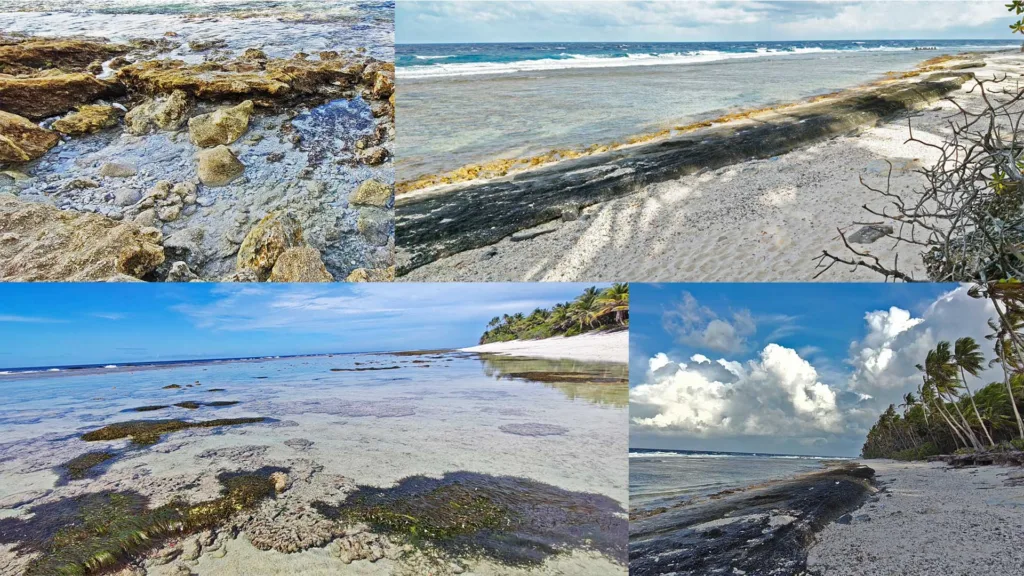
Flagtails are a versatile fish that hunts other small species. They are opportunistic fish, attacking and preying on smaller fish. They usually hunt at night. These are stealthy fish that approach their prey slowly before striking quickly. Flagtails live in brackish water, reef outcrops, tide pools, and lagoons. Large flagtails usually live in the reef flat.
